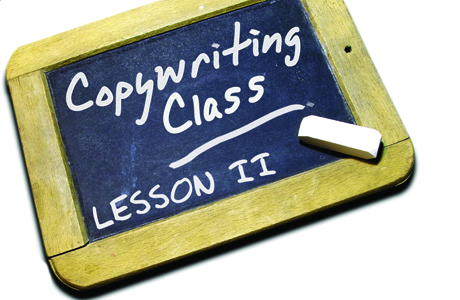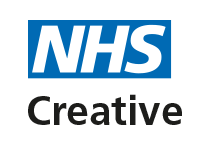Copywriting Class 2: Less is more

Who hasn’t used waffle to fill a 3,000 word college essay? Or been guilty of using big words just to impress? But when it comes to writing in Plain English, the axiom ‘less is more’ should always be applied. Why use more words than you actually need?
Most readers are busy people. They want to find out the main points of your message fast. So ask yourself if you really need that word. Does it add meaning or interest? If no, bin it. Along with that pack of BOGOF biscuits that add nothing but extra inches to your waistline!
The advantages of writing tight are two-fold. Aside from making your writing easier to read and making people act on what you’ve written, you’ll reduce advertising costs. By ruthlessly cutting dross you’ll also sound more professional. An interesting thought when you consider that wordiness often comes from trying to sound impressive.
So get out your red pen and declutter your text using some of the tips below. You’ll not only strengthen your contact with the reader but get you writing read. Isn’t that what every writer wants?
- Watch your sentence length: 15–20 words is best.
- Avoid verbiage: Don’t serve up waffle unless it has maple syrup on it.
- Leave the first draft: Return and revise it. If possible, revise again.
- Avoid clichés: There’s more than one way to skin a cat.
- Cut out straight repetition: We can go to the cinema and we can eat popcorn.
- Cut out pointless phrases: We would like to point out that some phrases should just be cut out.
- Avoid pomposity: “Never use a long word where a short one will do.”—George Orwell.


